Introduction: Cultural influences shape cookware preferences globally.
Cultural preferences have a significant impact on consumer choices when it comes to selecting cookware, including triply options. These preferences can vary widely based on cooking traditions, food types, and specific regional needs. Understanding how culture influences cookware decisions helps manufacturers tailor their products to meet consumer expectations. But how exactly do cultural preferences affect the selection of cookware like triply options?
Cultural preferences can shape how consumers choose cookware based on cooking methods, food types, and design aesthetics, especially with triply cookware.
Let’s explore how these cultural factors play a role in the selection of triply cookware.
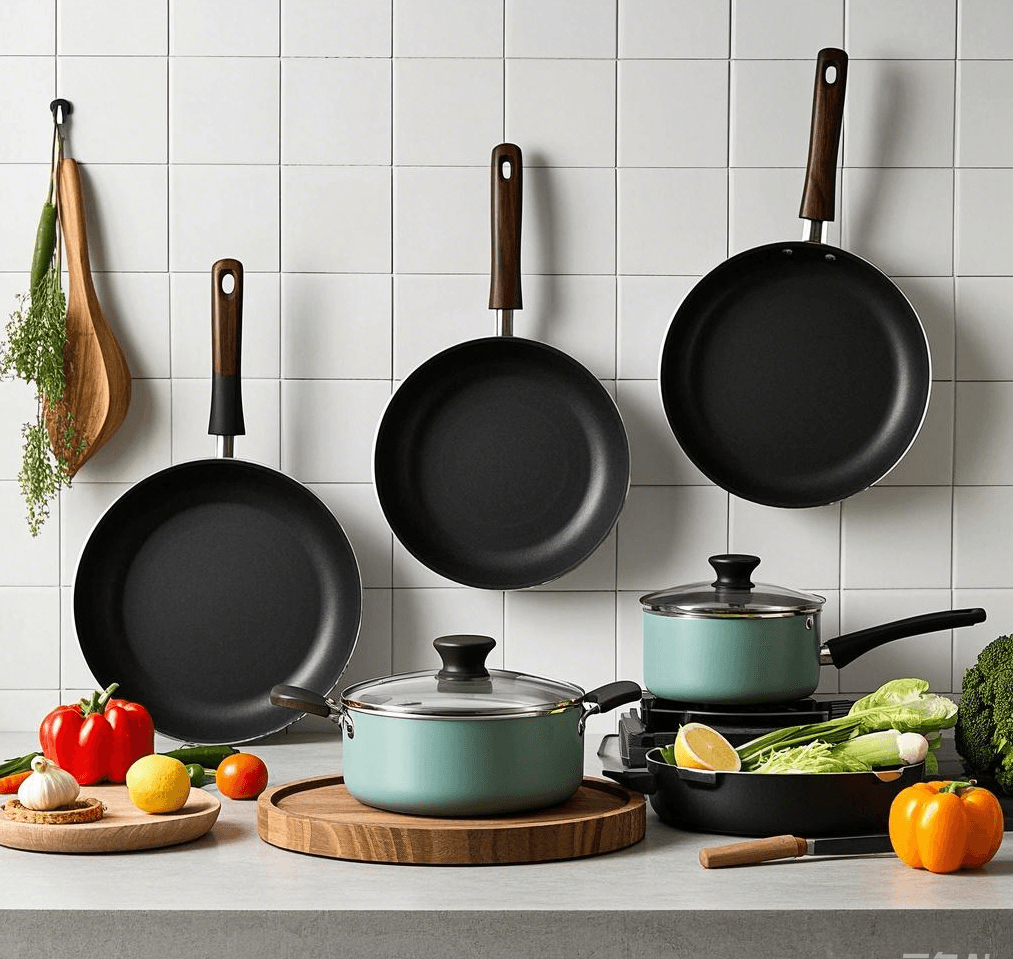
How Do Regional Cooking Styles Influence Cookware Choices?
Different regions around the world have distinct cooking traditions that influence the type of cookware consumers prefer. Triply cookware, known for its durability, heat retention, and even heat distribution, often fits into various regional cooking styles.
• Asian Cuisine: Many Asian dishes, particularly stir-fries and delicate simmered dishes, require cookware that heats quickly and evenly. Triply cookware, with its efficient heat distribution, is favored in regions like China, Japan, and India. Its ability to perform well on high heat makes it ideal for stir-frying, sautéing, and wok-style cooking.
• Western Cuisine: In countries like the United States and Europe, where slow-cooked meals, roasting, and braising are more common, consumers may prioritize cookware that retains heat over extended periods. Triply cookware’s excellent heat retention properties make it suitable for these cooking methods, especially for stews, sauces, and oven cooking.
Cultural cooking techniques directly affect the demand for triply cookware, as it meets the heat control and distribution needs of various cuisines.
how cookware preferences vary globally.
How Does Food Tradition Impact Cookware Preferences?
Food traditions, particularly those associated with specific cuisines, play a crucial role in cookware choices. Certain cultures emphasize cookware materials that enhance the flavors and textures of their iconic dishes.
• Mediterranean and European Influence: In many Mediterranean countries, the preference is often for high-quality cookware that’s durable and offers a professional touch. Stainless steel with an aluminum core, as found in triply cookware, is highly regarded for its reliability, even heat distribution, and stylish design. This makes triply cookware popular for preparing sauces, stews, and delicate fish or meat dishes.
• Indian Cooking: In India, traditional cooking methods often rely on slow simmering, frying, and deep-frying. Consumers in this region might lean toward triply cookware because its ability to withstand high temperatures and provide even heat is perfect for dishes like curries, deep-fried snacks, and slow-cooked meats.
Cultural food traditions shape cookware preferences, particularly when it comes to selecting materials and designs that enhance the preparation of iconic dishes.
cookware preferences around the world.
How Do Aesthetic Preferences Affect Cookware Design Choices?
Cultural preferences for aesthetics also influence cookware design choices. In many cultures, cookware is not just functional but also serves as a decorative item in the kitchen.
• Minimalist Designs in Western Cultures: In countries like the U.S. and parts of Europe, sleek, modern designs are highly preferred. The polished and professional look of triply cookware, with its shiny stainless steel exterior and ergonomic handles, appeals to consumers looking for both performance and style in their kitchens.
• Color and Traditional Design in Asian Cultures: In some Asian countries, cookware designs that include traditional color schemes or patterns are highly valued. While triply cookware is typically sleek and simple in design, manufacturers can tailor aesthetic elements like handles or lids to fit the more colorful, ornamental preferences seen in various cultures.
Cultural design preferences can affect the choice of cookware, with consumers opting for products that align with their kitchen aesthetics and culinary traditions.
the cultural influence of cookware design
How Do Consumer Expectations for Durability and Quality Differ Across Cultures?
Expectations regarding cookware durability and quality often vary across different cultures, especially when it comes to longevity and performance.
• Western Markets: In countries like the U.S., where consumers are accustomed to durable kitchenware, the demand for high-performance cookware like triply is high. The durability of triply cookware, with its multi-layer construction, matches the preference for long-lasting, reliable cookware.
• Emerging Markets: In developing regions, while cost is a significant factor, consumers are increasingly turning to higher-quality options. For instance, countries like India, Turkey, and Brazil are seeing a rise in demand for premium cookware, especially as the middle class grows and disposable income increases. Triply cookware’s reputation for quality and longevity appeals to these consumers, who seek durable and efficient cooking tools.
Consumer expectations for durability and quality play a large role in selecting cookware, and triply cookware’s reputation for performance aligns well with these needs across various markets.
cookware quality expectations across cultures
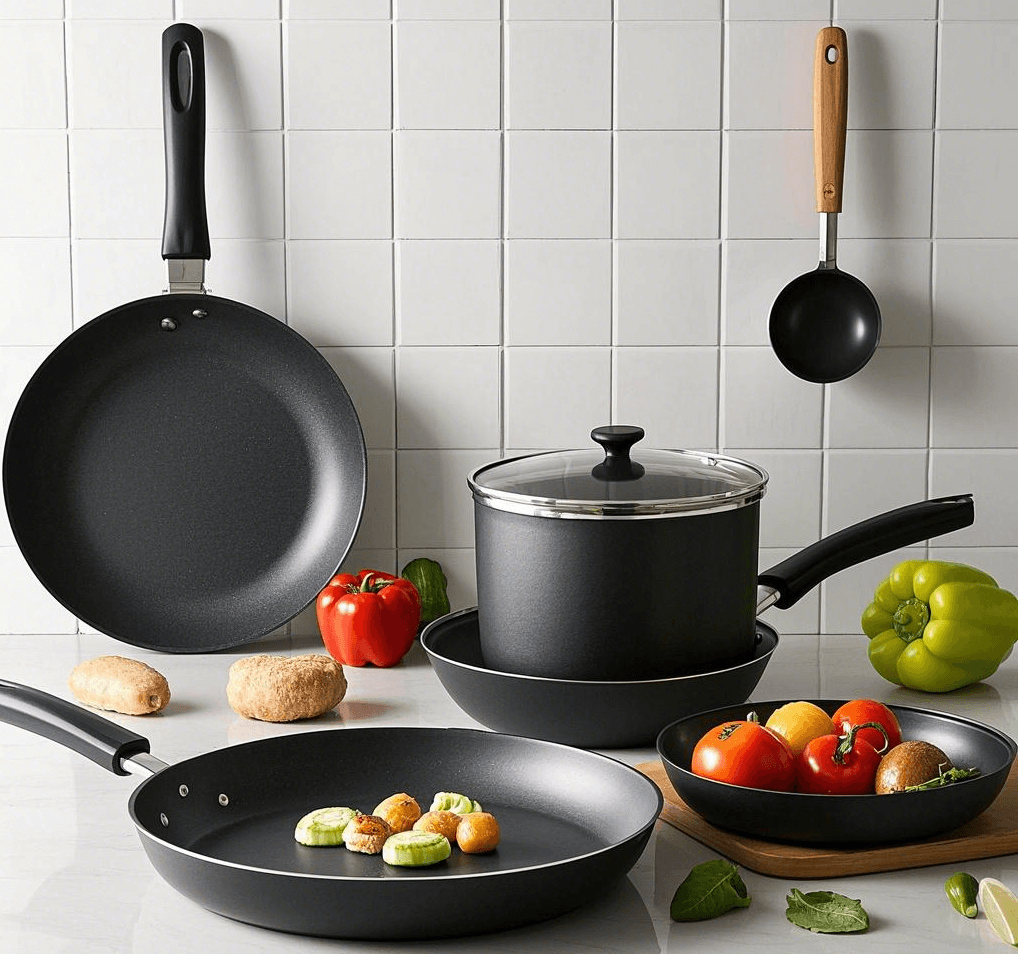
How Do Cooking Styles and Preferences in Different Cultures Affect Material Selection?
Certain materials are more popular in specific regions due to their compatibility with local cooking methods. Triply cookware, with its combination of metals like stainless steel and aluminum, addresses the material preferences of many cultures.
• Nonstick Preferences in North America: In the U.S., consumers often prefer nonstick cookware for its ease of use and cleaning. Triply cookware can accommodate non-stick surfaces, allowing manufacturers to meet this demand without sacrificing the benefits of heat retention and even cooking.
• Metallic Cookware in Traditional Asian Kitchens: Many Asian cultures have a deep-seated tradition of using cookware made from metal, like cast iron or copper. Triply cookware, with its durable construction and metallic aesthetic, appeals to these consumers by offering similar traditional appeal with modern performance enhancements.
Material preferences, shaped by regional culinary habits, influence the demand for triply cookware, with consumers looking for materials that align with their cooking styles.
material preferences in global kitchens
Claim: Cultural Preferences Guide the Demand for Triply Cookware Across the Globe
Cultural preferences significantly shape consumer decisions when choosing cookware, especially when it comes to materials like triply. Cooking traditions, food types, aesthetic choices, and durability expectations all influence how consumers select cookware that meets their specific needs. Triply cookware’s versatility, performance, and design make it appealing across diverse cultures, meeting various culinary demands and preferences.
Conclusion: Cultural Influences Drive the Popularity of Triply Cookware
In my experience, cultural preferences play a pivotal role in shaping consumer choices for triply cookware. Whether it’s the influence of cooking traditions, aesthetic preferences, or the need for durability, these factors ensure that cookware like triply continues to be a popular choice across diverse markets. By understanding these cultural nuances, manufacturers can create cookware that resonates with the specific needs of consumers around the world.

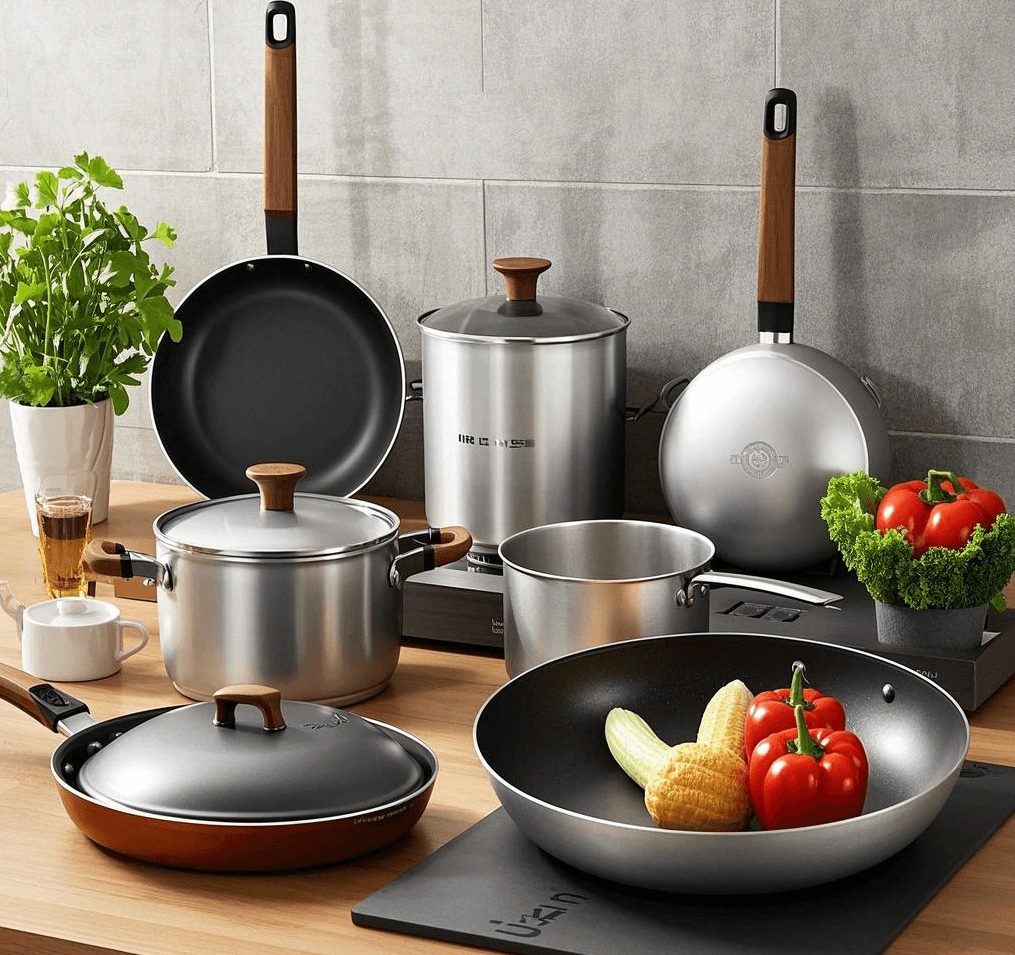

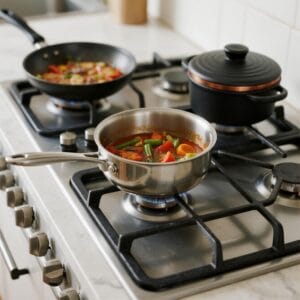
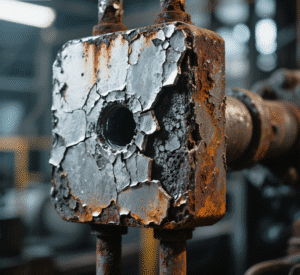


One Response